#microfossils
Text
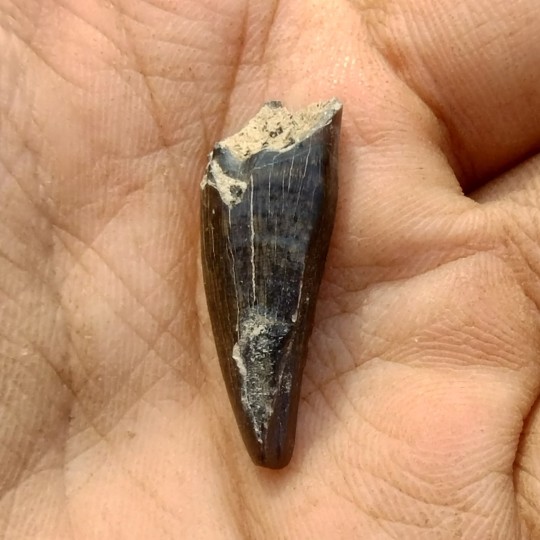


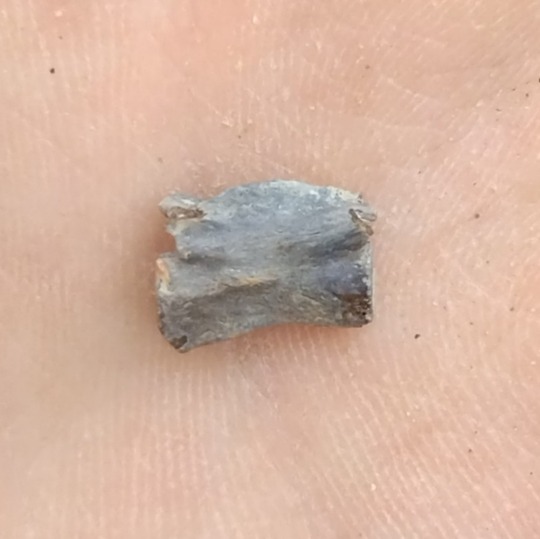

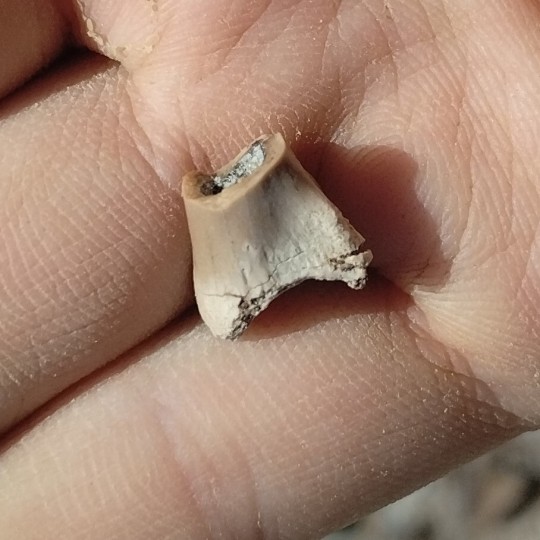



Microfossils from the Judith River Formation near Hinsdale, Montana, 2023 fieldwork season.
#microfossils#microsite#badlands dinosaur museum#paleo fieldwork#fossils#dinosaurs#tyrannosaur#theropod#paleontology#palaeontology#paleoblr#palaeoblr#fieldwork 2023#my finds
390 notes
·
View notes
Text


Drum jawbone front and back perspectives bio-illustrations from my microfossil undergrad research this semester ✨🐟
#microfossils#fossils#bio illustration#paleontology#paleoart#paleoenvironments#natural science#fossil art#fossil research#research#scientific illustration#illustration
10 notes
·
View notes
Text



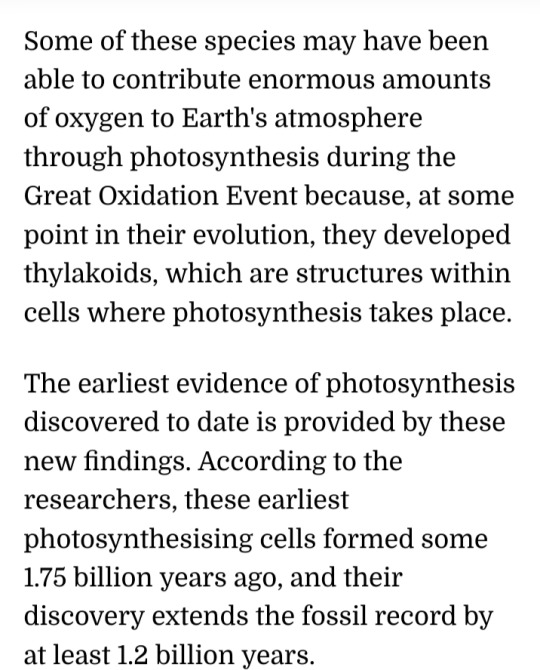
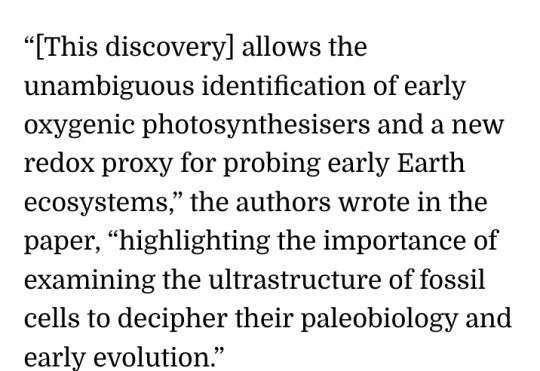

#Earth#microfossils#photosynthesis#cyanobacteria#Great Oxidation Event#thylakoids#ecosystem#origin of life#research
9 notes
·
View notes
Text

NEW IN OUR STORE - Planulina T-shirt! Available in dark and white print, with a big bold look that is sure to be a great head turner and conversation starter. ;)
Print-on-demand is a great way to combat overproduction and fast fashion. Our designs will be perpetually available, and T-shirts will only be printed once you place an order. Our print-on-demand company choices were also made considering that they work and fulfil from all around the world, choosing the closest factory to you to print and fulfil your order. This way they are taking the shortest route possible to reach you.
Right now you can choose between buying this shirt in our Etsy store or Teepublic. They offer different T-shirt colours, but also fulfill from different parts of the world so you can choose one which has a preferable shipping option to your region.
As we expand to other print-on-demand platforms, we'll be choosing those that offer ethical brands, and renewable energy to power their printing and fulfilment centres and are (working on) replacing their packaging with plastic-free and recycled materials. This way we believe Palaeoiris can share love and art with everyone in a sustainable way. "
#Foraminifera#Microfossils#Forams#PaleontologyFashion#ScienceTee#PaleoApparel#GeologyFashion#FossilFashion#ScienceWear#MicrofossilArt#ForaminiferaDesign#PaleontologyClothing#MicroscopicLife#Foraminiferan#PrehistoricFashion#Micropalaeontology#MicropalaeontologyTee#MicropaleontologyTee#MicropalaleontologyTshirt#Micropalaleontologyfashion#Micropaleontologyfashion#Micropalenotologygift#PlanulinaTshirt#PlanulinaArt#Planulina#Foramgift#Foraminiferagifts#foram gifts#foraminifera gifts#gifts for scientists
0 notes
Text
Fossil Microbial Mats

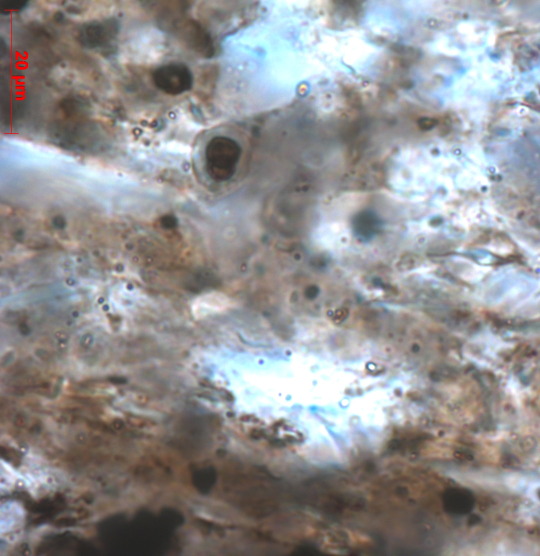
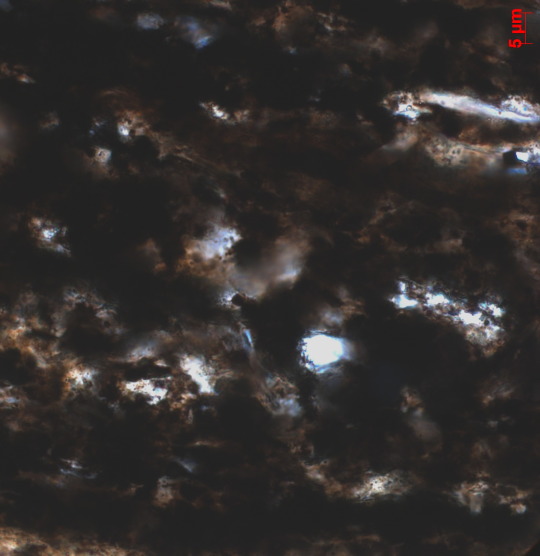

Extreme close ups of 1.3 billion year old microbial mats in muddy OM rich chert. Fossils are the dark filaments and spheres, surrounded by a pale coating of phosphate and silica. Some fossils have been replaced by silica, phosphate, or pyrite.
The little spheres and long filamentous structures are the fossil microbes. The scale bar at the side says 20 microns, which is a bit thinner than a human hair. So that gives you an idea of how tiny these microbes where.
Each sphere and filament was a tiny colony of individual microbes. So each sphere and filament is like a tower block full of apartments the microbes lived in, and the mat is like a city.
But these mats were so dense and thick, that if you scaled up one of the fossil microbes to the size of an average human, the mat would be 25 km high and cover all of Europe and most of Asia.
Mats like this covered the floor of Earths shallow seas long before animals and plants evolved. The tops of the mats were photo synthesisers, below them live microbes that could convert sulphur and iron into energy.
These microbial communities worked nonstop for billions of years, changing the chemistry of the Earths oceans and atmosphere, pumping out oxygen, and making the world habitable to more complex life like the first simple animals, and eventually humans.
They were here long before even the simplest animals and plants, and they will be here long after we have gone. Microbial mats like this will probably be some of the last life on Earth, and I wouldn't be surprised if they were common on warm, wet, rocky planets throughout the universe.
#Paleontology#Geology#geologyjohnson#palaeontology#precambrian#fossils#fossil#fossilfriday#acritarch#microbes#Bacteria#Microfossil#thinsectionthursday
22 notes
·
View notes
Note
*raises hand* i have no idea what Hell Creak is. tell me more
Hell Creek is a fossil-heavy rock formation located in Montana and North Dakota! It's one of the most complete fossil sites we have of the Mezosoic (along with other standouts like the Morrison and Kem-Kem). Hell Creek gets a few extra cool points for a handful of reasons:
It has a whole host of big name dinosaurs: T.rex, Triceratops, Ankylosaurus, Pachycephalosaurus, Edmontosaurus, and even a large raptor that's a real-life Jurassic Park 'Raptors' (the book and film used oversized Deinonychus, but Dakotaraptor is actually of comparable size. Potentially. I love the species and what it'd mean for the ecosystem, but I don't trust DePalma as far as I can throw him. He accidentally included turtle remains in the holotype, which... come on, man). Another cool big name potentially associated with the formation, but not a dinosaur, is a large Mosasaur species (think a giant marine monitor lizard) that was recently found to exist off the coast, as well as the (potentially) largest creature to ever fly, Quetzalcoatlus (I have no way to describe this, search it up, it's terrifying and weird).
Actually? No. You deserve to see what a Quetz would look like.
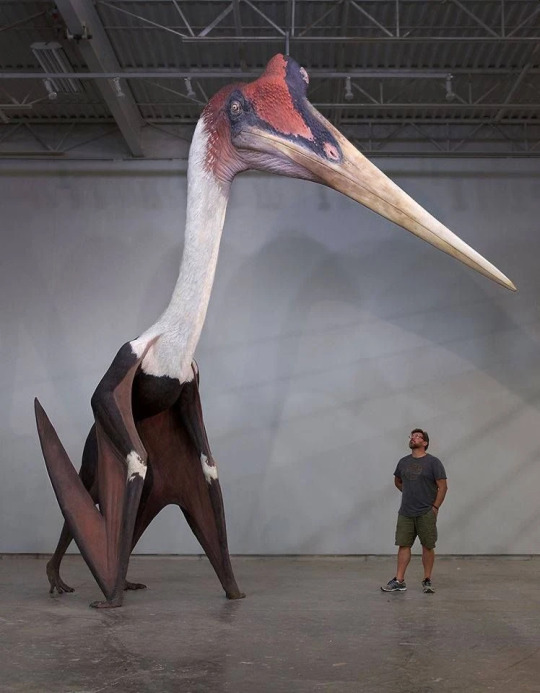
(Photo and model credit @bluerhinostudio. Seriously, they're so lifelike.)
Hell Creek's fossils were deposited at the very tail end of the reign of dinosaurs, so you get a look at their last glory days + a good handful of million years prior. Actually, the boundary layer - the actual moment the apocalypse became real and quartz was shocked by the Chixclub impact - is present! There's another site that seems to contain the actual aftermath, with molten glass raining into the mud and debris of animals caught in tsunamis thrown together (though some elements of the site are debated, because DePalma is sketchy as hell and reported different findings to the media vs his publications).

(Credit conveniently included in the image, nice.)
We have SO much information about it! Remains of everything from megafauna and their interactions - herbivores that have healed bitemarks from T.rex, facial bitemarks between T.rexes - to the minute. Pollen and seeds from a host of plants; insects trapped in amber; tiny amphibians, and sharks. The list of species on the Wikipedia articles are absolutely insane - it's so complex and detailed.
There's also a video game in slow, slow development depicting this formation, Saurian - last I heard it's grinded to almost a standstill, and IIRC there is ~tea~ in the paleo community about it, but it was fun following the development for a few years. The concept art is also gorgeous, and you really get a feel for just how much material they have to work with to make this as accurate as possible!
TLDR, Hell Creek is fascinating - though there are plenty of other cool formations worth poking at, too! The Kem Kem Group, Dinosaur Park, Candeleros, Morrison, Jiufotang and Nemegt Formations are all favorites <3
#ask#paleoblr#hell creek formation#I got to work on some Dinosaur Park fossils right before the pandemic and ALMOST got to go on a dig there. will forever treasure the memori#memories*#yes i found a dromaeosaurid*-ish tooth in the microfossils i was cleaning and cried about it so WHAT#anyways enough about that. Hell Creek is Cool
69 notes
·
View notes
Text
.
#this is nothing bad it’s just going to be very much me rambling a bit#I’m so glad that I chose to go where I am for college and study geology because I feel like things truly are all coming together#and I finally feel like my life is just. getting better#for the first time since literal elementary school I enjoy my classes and what I’m doing#i like my professors and feel genuinely supported and encouraged by them#and I have a job (working in the microfossil paleo lab) that doesn’t make me want to die#especially my lab professor I love her and she’s really just. amazing.#and I seriously cannot believe how much better my life is than it was even a year ago#like I’ve been pretty damn depressed since middle school#and I’m not saying that’s all gone because it’s not#but I’m genuinely so much happier#to anybody who’s worried about moving out and your first year of college#i know there’s a lot of negative takes out there but it can be amazing#i never thought I’d make friends and enjoy my major this much#it can be great#don’t let the negative posts get to you too much
2 notes
·
View notes
Text
Introducing no bra no panties underwear in a barely naked school uniform ❤️
Hot big tit babe Nadia Styles with nice tattoo gives amazing blowjob during massage session
Busty pov asian whore
Circumcised stud wanking jocks hard cock
Desi Mumbai Gay Sucking Me Hard
바지가 손가락을 먹은거야 레즈비언 커플 중간에 껴서 보지
Trio con Sophie Petite e Isa dos amigas que contratan a Single para visita en Monterrey regalo a esposo cuckold voyerista beso triple y juegos sexuales
Morocha waplog argentina
Young homo gets his dick and ass licked by his lover boy
Better Sex Line Das Neue Kamasutra
#caen-stone#unmendable#psychotherapist#testudinarious#cryogenies#microfossil#zara#sees#Buddy#censuring#glandes#Cyrille#Toiboid#expositively#questhouse#series-wound#noneffusively#inodiate#unbeneficent#boardbill
0 notes
Text

Microfossil Exhumation
2024, carved acrylic paint on wood panel, 12x12 inches
Carved Heterostegina test or shell. Looking at different ways carving and excavating connected to fossils can be explored in my art practice. Painting hasn’t been scratching my brain itch as much lately but carving into paint seems like a game changer. I love forams!
#my art#painting#art#queer artist#acrylic painting#carving#paint carving#relief#sculpture#foraminifera#forams#fossil#marine biology#paleoart
85 notes
·
View notes
Text
The oldest evidence of photosynthetic structures reported to date has been identified inside a collection of 1.75-billion-year-old microfossils, a Nature paper reveals. The discovery helps to shed light on the evolution of oxygenic photosynthesis.
Oxygenic photosynthesis, in which sunlight catalyzes the conversion of water and carbon dioxide into glucose and oxygen, is unique to cyanobacteria and related organelles within eukaryotes. Cyanobacteria had an important role in the evolution of early life and were active during the Great Oxidation Event around 2.4 billion years ago, but the timings of the origins of oxygenic photosynthesis are debated due to limited evidence.
Continue Reading.
140 notes
·
View notes
Text

Opalization is the alteration of amorphous silica, often as organic remains of siliceous microfossils in lithified sedimentary rocks, into the mineraloid opal.
so i finally got the time to work on my “minecraft needs more gem types idea”, here’s my mc opal concept! i really like the idea of opalized fossils, n since mojang is already exploring the archeology theme i thought this would be fitting. And since skeletons are essentially walking fossils, it would be cool to see a new desert variety of them:)
200 notes
·
View notes
Text


Print-on-demand is a great way to combat overproduction and fast fashion. Our designs will be perpetually available, and T-shirts will only be printed once you place an order. Our print-on-demand company choices were also made considering that they work and fulfil from all around the world, choosing the closest factory to you to print and fulfil your order. This way they are taking the shortest route possible to reach you.
Right now you can choose between buying this shirt in our Etsy store or Teepublic. They offer different T-shirt colours, but also fulfill from different parts of the world so you can choose one which has a preferable shipping option to your region.
As we expand to other print-on-demand platforms, we'll be choosing those that offer ethical brands, and renewable energy to power their printing and fulfilment centres and are (working on) replacing their packaging with plastic-free and recycled materials.
This way we believe Palaeoiris can share love and art with everyone in a sustainable way.
palaeoiris.etsy.com, teepublic.com/user/palaeoiris.
#palaeoiris.etsy.com#teepublic.com/user/palaeoiris.#Foraminifera#Microfossils#Forams#PaleontologyFashion#ScienceTee#PaleoApparel#GeologyFashion#FossilFashion#ScienceWear#MicrofossilArt#ForaminiferaDesign#PaleontologyClothing#MicroscopicLife#Foraminiferan#PrehistoricFashion#Micropalaeontology#MicropalaeontologyTee#MicropaleontologyTee#MicropalaleontologyTshirt#Micropalaleontologyfashion#Micropaleontologyfashion#Micropalenotologygift#PeneroplisTshirt#PeneroplisArt#Peneroplis#Foraminiferagift#Foramgifts
0 notes
Text


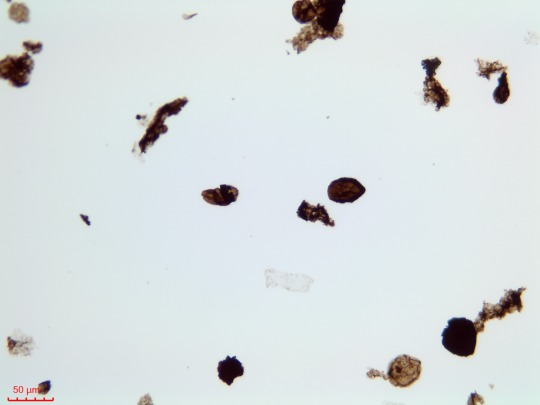

Many Proterozoic #acritarchs from an acid extraction on a palyno slide. Each image is the same slide but at increasing mag. Each shape in view is either an acritarch #fossil, or a lump of microbial mat composed of fossil filaments.
2 notes
·
View notes
Text
2023 Reading Log pt 7
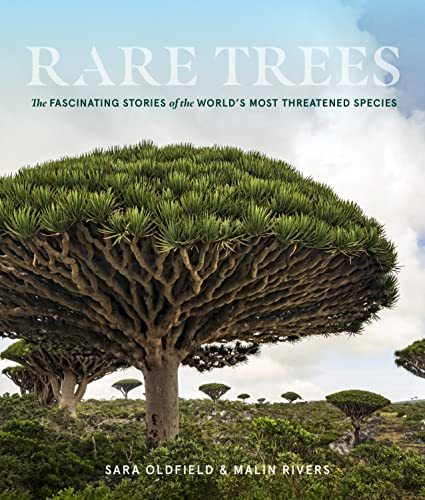
31. Rare Trees by Sara Oldfield and Malin Rivers. OK, so apparently that whole “less books about plants” pledge didn’t take. In my defense, this book is really pretty. It’s also very good; it’s about efforts for tree conservation around the world, and is published both as a public report and a fundraiser for the Global Trees Campaign. If you want to know what boots on the ground conservation work is like, its successes and its challenges, this is an excellent resource. And, like I said, the photographs are very pretty. The first chapter is about the overall history of forest conservation, and then future chapters discuss trees categorized by uses and by phylogeny. Honestly, I kind of wish they had picked one or the other of those organization schemes instead of splitting the difference, but that’s a quibble.

32. How To Survive History by Cody Cassidy. I’ve recommended some of Cassidy’s other books before (Who Ate the First Oyster? and …And Then You’re Dead), so I’m happy to report that this is his best yet. The theme is, what does science and the historical record tell us about how you could survive various catastrophes, or just hostile environments? I knew I was going to like it from the first chapter, How to Outrun a T. rex, which treats dinosaurs as just animals rather than kill crazy monsters. It also does an excellent job of summarizing Very Bad Times like the Donner Party expedition and the Magellan circumnavigation, and I learned a lot (like about how Magellan’s slave Enrique was the first person to actually circle the globe, having been captured by slavers in the Philippines and then being brought back around… and getting his revenge when he wasn’t freed as Magellan’s will proclaimed).
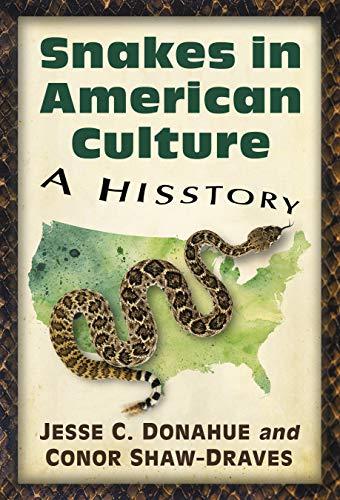
33. Snakes in American Culture: A Hisstory by Jesse C. Donahue and Conor Shaw-Draves. I didn’t expect this to be a searing indictment of the American medical profession of the early 20th century when I started the book, so that was a pleasant surprise. The first half or so is the story of how (white, upper class, male) “experts” denied that venomous snakes in the USA were really all that dangerous, while people (mostly poor, ethnic minorities and children) were dying in large numbers. Antivenin was only developed in this country as a side effect of the United Fruit Company’s desire to keep laborers from dying in the fields from snakebite, and the development of said antivenin was mostly done by volunteer labor and then marked up for tremendous profit by pharmaceutical companies! The back half, unfortunately, isn’t nearly as good, although it doesn’t go full conversion with its fairly sympathetic portrayal of snake handlers (which is something I’ve run into before). My biggest complaint is that this was written by humanities professors, and they needed a trained biologist to go over their draft. For example, they can’t format scientific names correctly, and don’t know enough about the history of science to understand that “virus” and “venom” were used interchangeably by some authors in the 19th century.
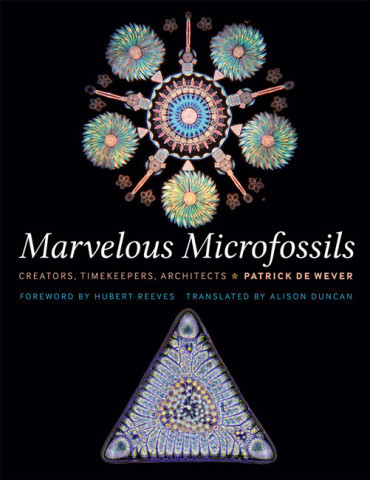
34. Marvelous Microfossils by Patrick De Wever, translated by Alison Duncan. Worst book I’ve finished this year? I think so. This book was originally written in French, but I can’t blame its problems on translation issues. It’s about plankton and other microfossils, what they can tell us about geology and how they’ve influenced art and culture. To start with the good, the book is gorgeous; each page is well organized, and it has lots of electron micrographs, photos and engravings by Ernst Haeckel. And that’s the first problem. The author seems to be a modern devotee of Haeckel’s science and philosophy, when both were full of garbage (Haeckel is the “ontogeny recapitulated phylogeny” guy, and one of the codifiers of scientific racism). His use of terminology is stuck firmly in the 19th century, and he doesn’t seem to care about modern cladistic phylogeny at all. And he has lengthy quotes from architects and philosophers instead of, you know, modern scientists, including lines specifically about how “we understand all there is to know” about plankton from like 1910. So I get huge “reject modernity, embrace tradition” vibes from this author, and that makes my skin crawl.
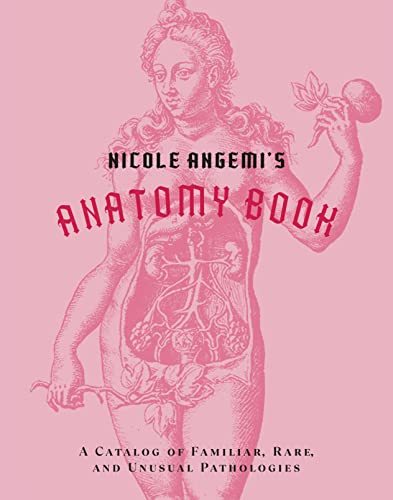
35. Nicole Angemi’s Anatomy Book by Nicole Angemi. Another “searing indictment of the American medical system”, only this one is more modern. The book is a loosely A-Z collection of pathologies, with case histories and photos. So this one is super gross, just a head’s up. Why I say it’s a searing indictment is that about 1/3 of the case studies talk about how the patient was ignored by their doctors initially, and had to spend time seeking second opinions taking them seriously, and how a number of things that could have been fixed more easily turned into huge, life altering (or ending) problems. The book is written by a pathologist’s assistant, and the introduction/biography would make a good “see, you can follow your dreams and get a career that you love later in life” inspirational story. I’m keeping a copy of this for my classroom, because I have plenty of students who are interested in medicine but not necessarily medical school, and because teenagers love gross pictures. Seriously, some of the descriptions of cysts and tumors made even my stomach turn.
#reading log#anatomy#medical history#snakes#herpetology#paleontology#plankton#botany#ecology#conservation#trees#world history
73 notes
·
View notes
Text

heh
1 note
·
View note
Text

You can now find Microfossils in Cell Stage! If you collect enough of them, you unlock a new creature part!
I'm not satisfied with their designs yet though, so that will probably change, before I release the next update on Patreon.
93 notes
·
View notes